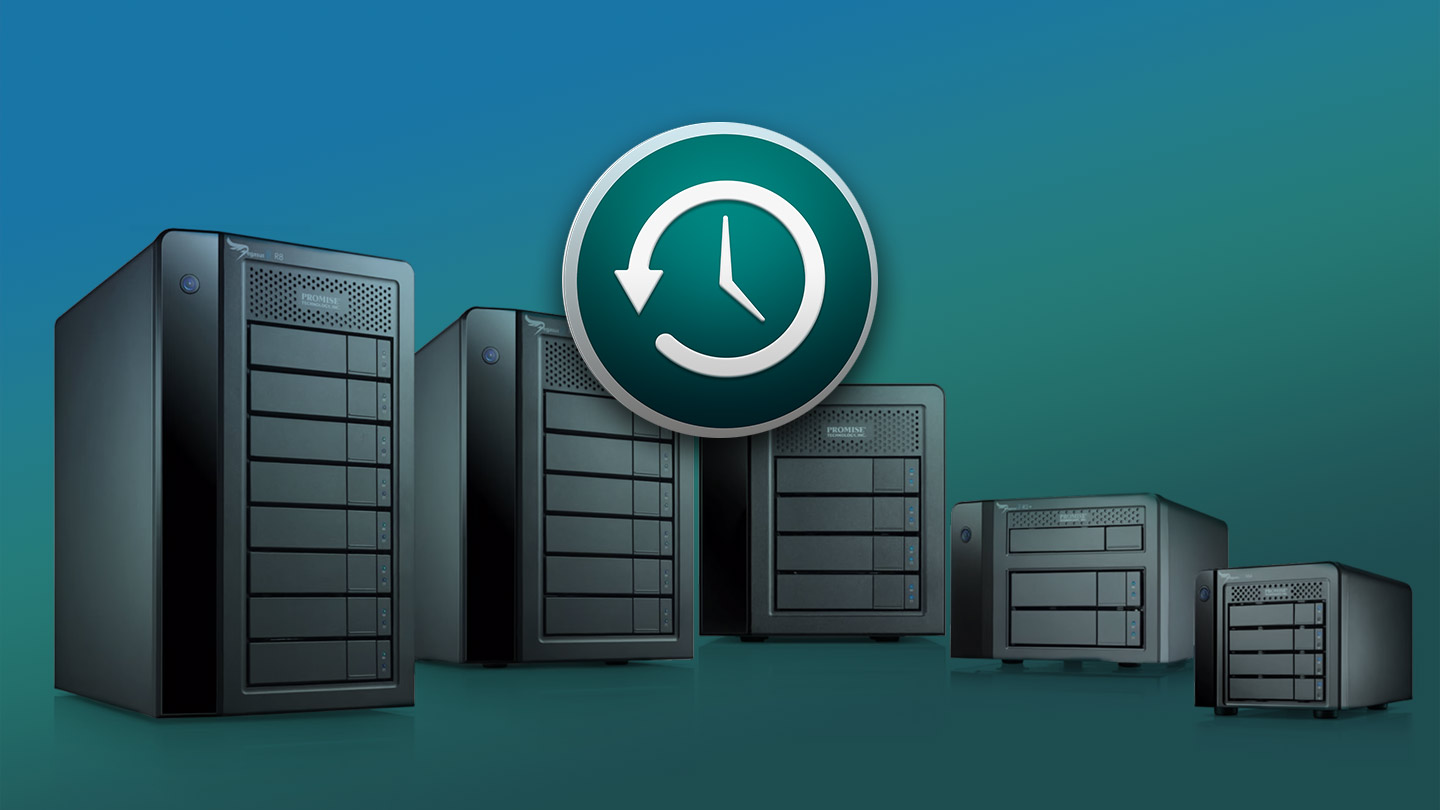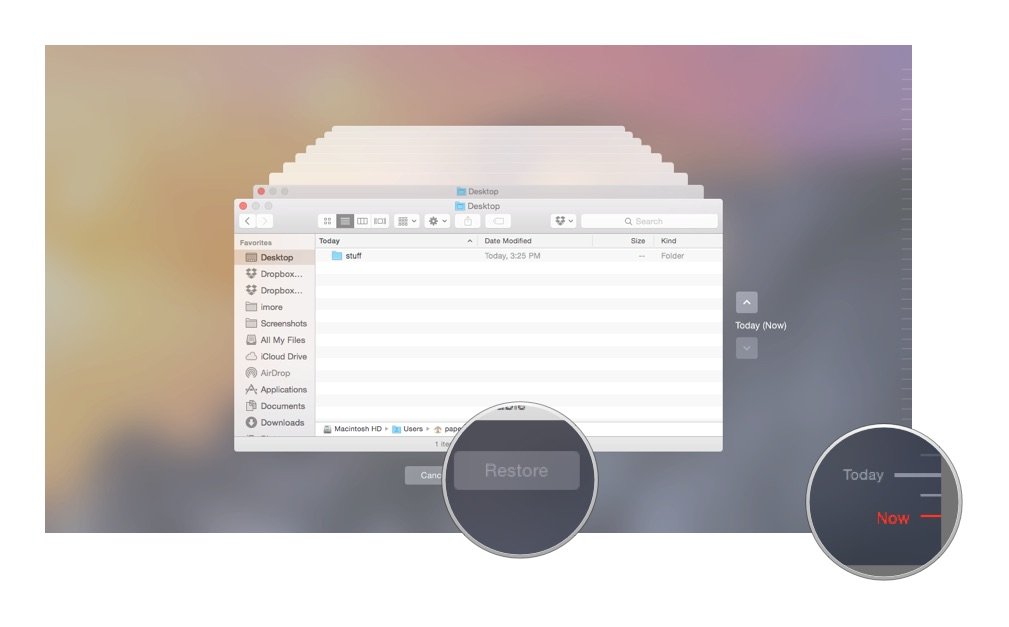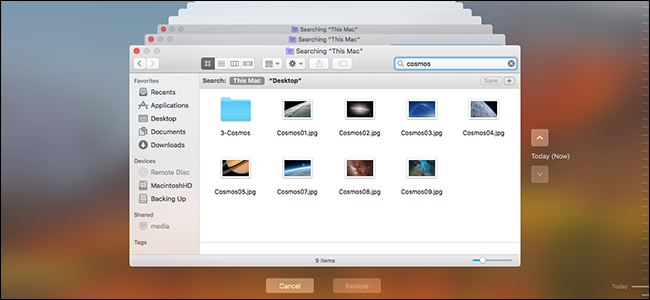What to do when the time machine is stuck in preparing backup for macOS 10.15 - OS X 10.6? Here we are going to talk about how long Time Machine preparing backup take and how to fix Time Machine stuck issues in macOS Catalina, Mojave, High Sierra or some other Mac versions.
How to transfer backups from Time Machine to a new Mac. Today's Best Tech Deals. Is it possible to set up my profile by restoring from my Time Machine backup,. When you set up the new Mac and connect it to your Time Machine backup either through the network or via cable, you can select restore from Time Machine Backup during setup. If you have already set up your new Mac and want to now restore, use Migration Assistant found in your Applicatons Utilities folder. Back up large amounts of data via Time Machine Time Machine allows you to back up your Mac with automated, scheduled backups. If you don’t mind.
Can You Download Time Machine Back Onto Your Mac Os
This page unveils the solution to resolve the Time Machine stuck issue and offers a reliable data recovery software to help you bring lost files back with ease. If you are suffering from this issue, follow the provided process to make Time Machine work again:
| Workable Solutions | Step-by-step Troubleshooting |
|---|---|
| Phrase 1. Check Cause | Find the cause of Time Machine stuck: 1. The data size is too big; 2. Drive problem...Full steps |
| Phrase 2. Fix Time Machine | Stop failing Time Machine > Remove the .inProgress file > Prevent Spotlight from indexing...Full steps |
| Phrase 3. Recover Lost Data | If you lost data after fixing the issue, run EaseUS Mac data recovery software to restore lost data...Full steps |
Many users have an unpleasant experience of Time Machine stuck in preparing backup in macOS Catalina, Catalina, Mojave, High Sierra or some other Mac versions. Time Machine is a simple and convenient backup tool for mac. Generally, it creates backups automatically - It starts and finishes without your interference. However, in certain cases, this tool can get frozen or stuck.
If Time Machine gets stuck, you shouldn't feel helpless. The purpose of this article is to explain how to judge if Time Machine stuck in preparing the backup process or not and how to fix the issue.
Does Your Time Machine Really Get Stuck
Before you start the process of fixing Time Machine, you’ll need to make sure that something is actually wrong. A number of things can make Time Machine take longer than usual. Generally, the preparing backup process is very quick. But some special situations will force Time Machine to take a long time preparing for a backup to begin.
1. The size of the data is too big.
- You have a really large hard drive to backup. For example, you have to back up terabytes of data.
- You've made major changes or added a number of new files to your drive.
2. There is something wrong with your device.
- The hard drive is very old.
- The device is too slow, you need to speed up the Mac.
- The virus attacked your Mac.
3. Haven't backed up data for a long time.
- It is the very first Time Machine backup or you haven't backed up a Mac in a while, say a few months.
In all the cases mentioned above, the Time Machine backup preparation phase does indeed take a long time. But if the Preparing Backup stage takes 12-24 hours, getting stuck in that stage overnight or all day long for no reason, it's not normal. Most times, it suggests that Time Machine has been stuck at preparing the backup.
If you are one of the victims, this guide should help you fix the problem and get Time Machine working on Mac again.
What to Do If Time Machine Is Stuck in the 'Preparing Backup' Process
We’ll go through a multi-step troubleshooting process to resolve the preparing backup problem and get Time Machine working on Mac OS X or macOS again. Before you take any action, back up Mac as soon as possible.
Step 1. Stop the currently failing Time Machine backup attempt
- Open the 'Time Machine' settings panel within System Preferences (get there from the Apple menu or Time Machine menu).
- Click the little (x) icon until the backup attempt stops.
Can You Download Time Machine Back Onto Your Macbook
When the progress bar disappears and it no longer says 'preparing backup', it means that you have successfully stopped the currently failed Time Machine backup attempt. Then, you can move to the next step to troubleshooting the Time Machine stuck in preparing backup issue.
Step 2. Remove the .inProgress File

When Time Machine backup is stopped and stuck, the first thing to do is trash the Time Machine placeholder file, at most times the .inProgress file found on the backup drive.
- Open the Time Machine drive in the Finder and navigate to the 'Backups. backup' folder.
- Open the folder within Backups. backup that is the name of the current Mac which is stuck on preparing.
- Put this directory into 'List View' and sort by 'Date Modified', or just search the folder for a file with a '.inProgress' file extension.
- Delete the 'xxxx-xx-xx-xxxxxx.inProgress' file.
Step 3. Prevent Spotlight from Indexing the Time Machine Backup
Spotlight can interfere with the Time Machine preparation process if it's performing an index of the Time Machine backup volume. You can prevent Spotlight from indexing the Time Machine backup volume by adding it to the Privacy tab of the Spotlight preference pane as follows:
- Launch System Preferences by clicking its Dock icon, or selecting System Preferences from the Apple menu.
- Open the Spotlight preference pane by clicking its icon in the Personal Area of the System Preferences window.
- Click the Privacy tab.
Either drag-and-drop your Time Machine backup volume to the list of locations that will not be indexed, or use the Add (+) button to browse to your backup folder and add it to the list.
Step 4. Reboot Mac and Initiate a Backup Again
Once the .inProgress file is removed, you can reboot your Mac computer with the Time Machine drive connected and turn Time Machine back on to initiate a backup as usual. If this doesn't work, you can use a third-party backup utility - EaseUS Todo Backup for Mac which can back up Mac with just 3 simple steps.
Best Data Recovery Software for Mac (Compatible With Catalina)
One of the most depressing challenges for Mac users must be Mac data recovery. Here EaseUS Data Recovery Wizard could do you a favor. No matter whether you lose a single Office file or terabytes of photos, EaseUS Mac data recovery software can help.
- Recover deleted, formatted, and inaccessible data in different data loss situations.
- Recover photos, audio, music, and emails from any storage effectively, safely and completely.
- Recover data from the Trash, hard drive, memory card, flash drive, digital camera, and camcorder.
Step 1. Select the disk location (it can be an internal HDD/SSD or a removable storage device) where you lost data and files. Click the 'Scan' button.
Step 2. EaseUS Data Recovery Wizard for Mac will immediately scan your selected disk volume and display the scanning results on the left pane.
Step 3. In the scan results, select the file(s) and click the 'Recover Now' button to have them back.
If you used Time Machine to create a backup of your Mac, you can restore your files from that backup or a local snapshot on your startup disk. You might want to restore your files after the originals were deleted from your Mac, or the hard disk (or SSD) in your Mac was erased or replaced, such as during a repair.
Restore from a Time Machine backup
When you restore from a Time Machine backup, you can choose to restore all your files, or restore both the Mac operating system (macOS) and all your files.

Can You Download Time Machine Back Onto Your Macbook Air
Restore all your files

- Make sure that your Time Machine backup disk is connected to your Mac and turned on. Then turn on your Mac.
- Open Migration Assistant, which in the Utilities folder of your Applications folder.
- If your Mac starts up to a setup assistant, which asks for details like your country, keyboard, and network, just continue to the next step. The setup assistant includes a migration assistant.
- If your Mac doesn't start up all the way, or you also want to restore the macOS you were using when you created the backup, follow the steps to restore both macOS and your files.
- When you're asked how you want to transfer your information, select the option to transfer from a Mac, Time Machine backup, or startup disk. Then click Continue.
- Select your Time Machine backup, then click Continue.
- If you're asked to choose from a list of backups organized by date and time, choose a backup and click Continue.
- Select the information to transfer, then click Continue to start the transfer. This screen might look different on your Mac:
- If you have a lot of content, the transfer might take several hours to finish. When the transfer is complete, restart your Mac and log in to the migrated account to see its files.
Restore both macOS and your files
These steps erase your hard disk, then use your backup to restore both your files and the specific version of macOS you were using when you created the backup.
- Make sure that your Time Machine backup disk is connected and turned on.
If your backup disk isn't available, keep going: You might be able to restore from a local snapshot on your startup disk. - Turn on your Mac, then immediately press and hold Command (⌘)-R to start up from macOS Recovery. Release the keys when you see the Apple logo or spinning globe.
- When you see the macOS Utilities window, choose the option to restore from a Time Machine Backup.
- Click Continue until you're asked to select a restore source, then select your Time Machine backup disk. Or select your startup disk (Macintosh HD), which might have a local snapshot you can restore from.
- Click Continue. If your disk is encrypted, you're asked to unlock the disk: Enter the administrator password you used when setting up Time Machine, then click Continue again.
- Select a backup, if available, then click Continue.
- Select a destination disk, which will receive the contents of your backup. If restoring from a local snapshot, you aren't asked to select a destination.
- Click Restore or Continue. If your Mac has FileVault turned on, you're asked to enter your administrator password to unlock the disk.
- When done, restart your Mac.
Restore specific files
Can You Download Time Machine Back Onto Your Mac Download
Learn how to use Time Machine to restore specific files, including older versions of your files.
Learn more
- What to do if you can't restore with Time Machine. If you need help, contact Apple Support.